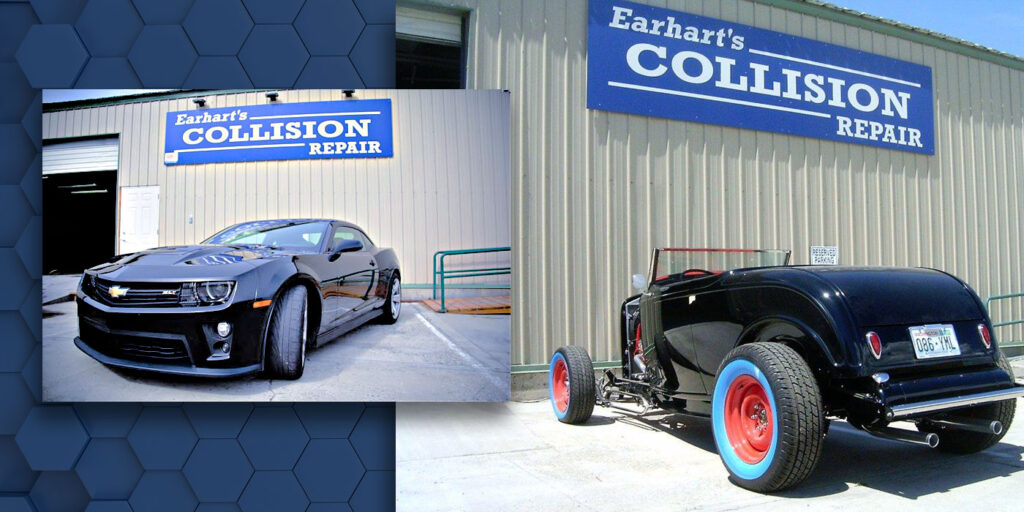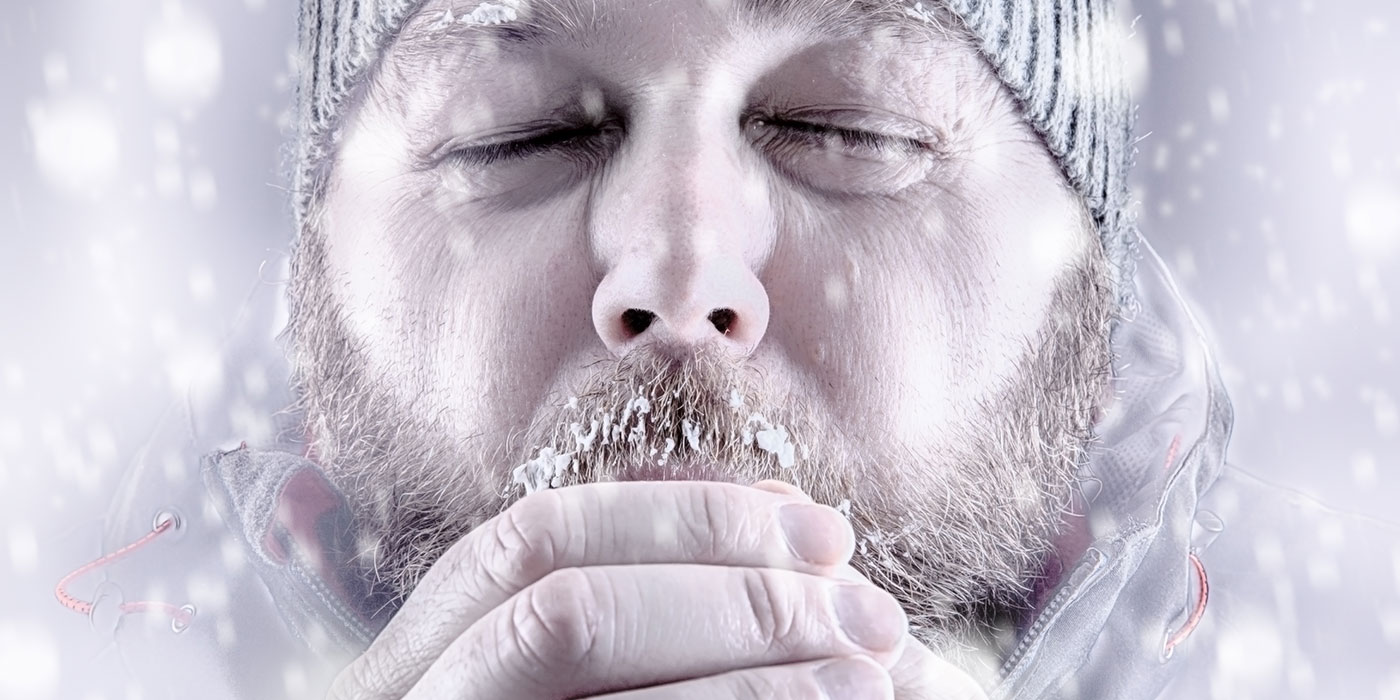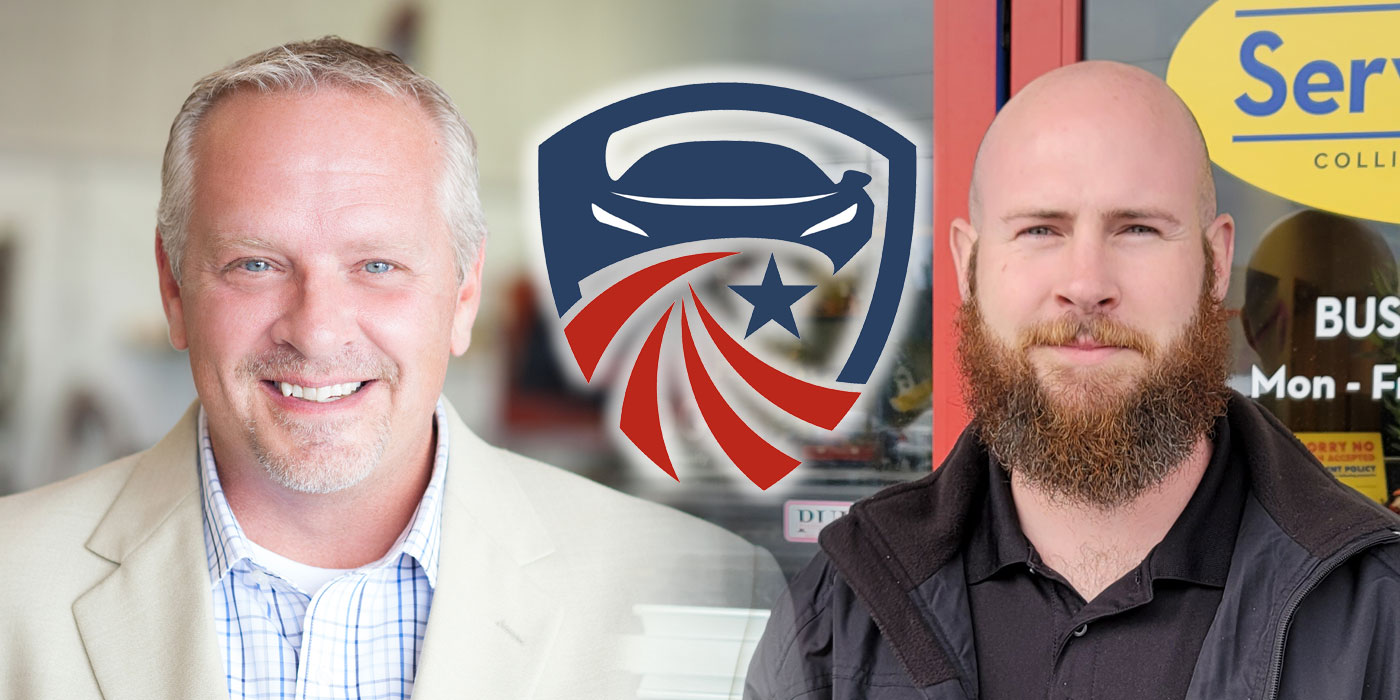In the last Health & Safety article, we talked about OSHA’s guidance to help lessen and prevent the spread of COVID-19 in the workplace. As part of that guidance, OSHA highlights areas where businesses can succeed in this fight – and that includes you.
In this article, we’ll talk about eight more things you can do as a responsible business owner to ensure a safe and healthful workplace. As vaccination opportunities increase and mask mandates are loosened or lifted around the country, it’s important to remain proactive to protect your employees as well as your customers – and seek help when you need it.
Eight More Ways
Here are additional elements recommended by OSHA to ensure a successful health and safety program as it relates to COVID-19:
- Isolate workers who show symptoms at work. Employees who have symptoms upon arrival at work should be separated from other workers and customers and sent home. Symptoms include, but are not limited to, fever or chills, cough, shortness of breath, fatigue, and loss of taste or smell. Encourage anyone in this category to seek medical attention, including COVID testing.
- Clean and disinfect after people with suspected or confirmed COVID-19 have been in your facility. If someone who has been in your facility – whether it’s a customer or employee – is suspected or confirmed to have COVID-19, it is vital to clean and disinfect any areas they may have used. The area(s) should be closed off from use, but if possible, you should wait 24 hours before enhanced cleaning or disinfecting, according to the CDC. When appropriate, the following should be performed by workers who have been provided with the appropriate PPE, such as gloves, goggles and aprons: opening doors and windows to increase circulation if possible; cleaning and disinfecting all immediate work areas and equipment used by the potentially infected person. This includes work areas, offices, bathrooms, shared tools and other workplace items, tables or work surfaces, and any shared electronics such as tablets, touch screens, keyboards and remote controls; vacuuming, if applicable. After cleaning, disinfect surfaces with the appropriate EPA-registered disinfectants. Don’t forget: Anyone using chemicals should know the hazards of those chemicals as well as the proper PPE to wear when using those chemicals. Make sure your hazard communication efforts are up-to-date and readily available. Once the area has been appropriately disinfected, it can be opened for use. Employees without close contact with the potentially infected person can return to the area(s) immediately after disinfection.
- Provide guidance on screening and testing. Look to your state or local health department regarding screening and testing in workplaces; they may be able to help you arrange regular testing. As an employer, you should inform your staff of testing requirements and availability of testing options. A cautionary note: Do not rely on testing in lieu of other measures such as face coverings and physical distancing. Remember, some people may be asymptomatic or have mild symptoms and may not test positive for COVID at the time of testing. Continue to practice healthy habits such as proper handwashing as well.
- Record and report COVID-19 infections and deaths. As an employer, you’re responsible for recording work-related cases of COVID-19 illness on your Form 300 log. However, certain criteria must be met to record these as such, so it’s important to check the OSHA website or contact your local OSHA office with questions. As required, report outbreaks to your local health department to help with contact tracing in your community.
- Establish protections from retaliation and consider an anonymous reporting process. Workers have a right to a safe and healthful environment, and they have certain protections. The OSH Act prohibits discharging an employee or discriminating against them for reporting concerns about the workplace. Do your employees know who to contact with concerns or questions? They should feel empowered to speak out about health and safety. Alternatively, consider a hotline, suggestion box or other method to allow workers to voice concerns anonymously.
- Make a COVID-19 vaccine or vaccination series available at no cost to all eligible employees. As the opportunities for vaccinations increase, your employees may be able to find their own vaccination source – and insurance may cover the cost. However, you can help by providing resources, including training and information on the benefits and safety of vaccinations.
- Don’t distinguish between workers who are vaccinated and those who are not vaccinated. Because the CDC is still learning about COVID-19 and its person-to-person spread, it’s important to still follow protective measures in your workplace. Because a person can have COVID and be asymptomatic, they may still be able to transmit the virus, even to those who are vaccinated. Therefore, continue to follow CDC guidelines, as well as those in your city or state, regarding safe workplace behaviors.
- Keep other OSHA standards in place. Although there are no specific OSHA standards related to COVID-19, your employees are entitled to a safe and healthful workplace. Now is not the time to let down your guard about hazard communication, respiratory protection, bloodborne pathogens and infection control and other ways you operate to protect workers and keep your business up and running.














